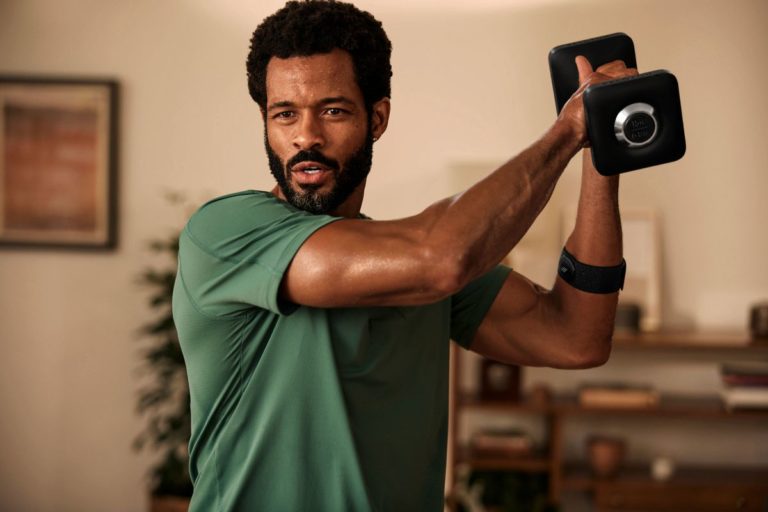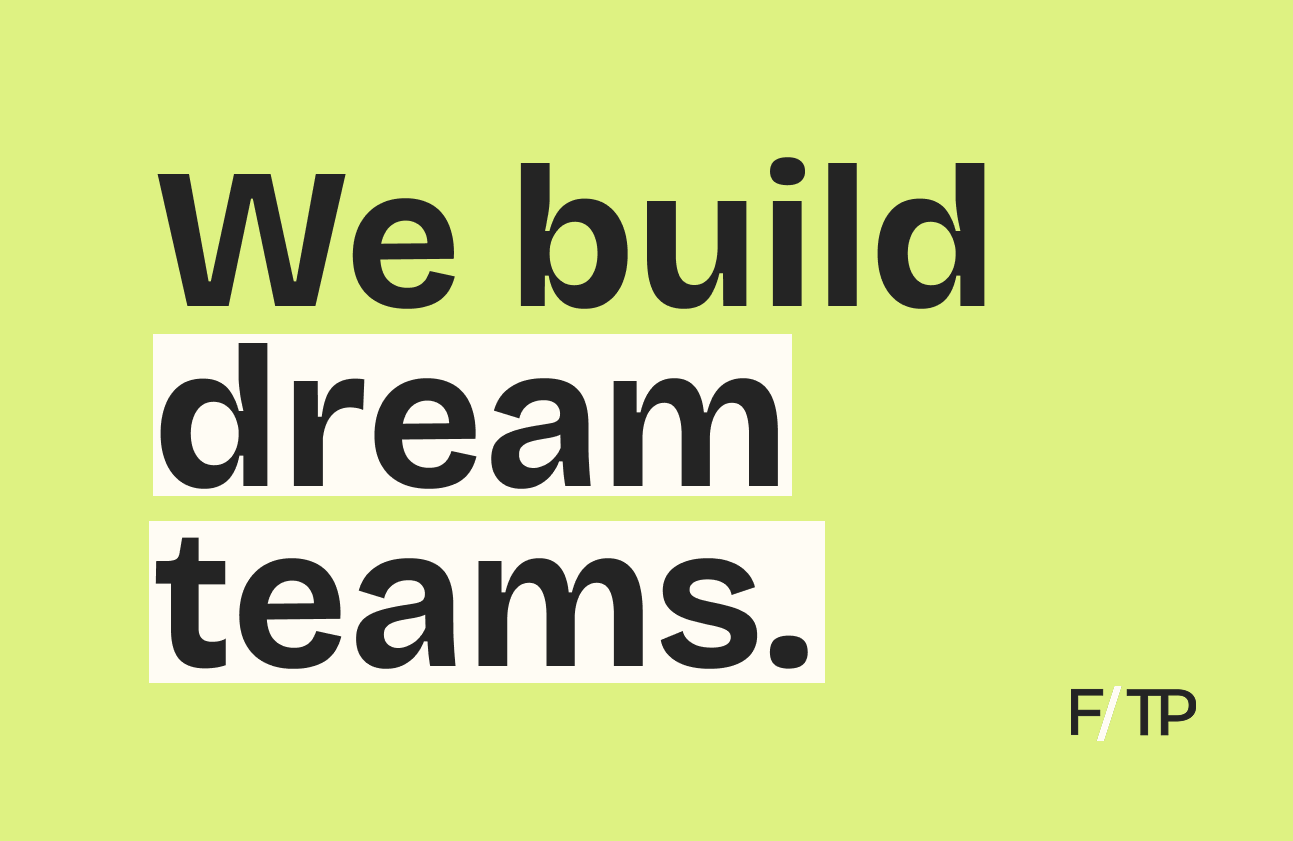A few weeks back, we alluded to “the rise of the fitness creator”. That short post sparked a number of email exchanges and phone calls on the subject. Given the interest and implications, today, we’re exploring the topic in greater detail.
What’s happening: When gyms shuttered and the industry went digital, fitness professionals quickly pivoted to online training. Likewise, fitness-seekers followed their favorite instructors to social and video platforms — signaling a willingness to engage in and spend on new workout formats.
Why it matters: While much of the debate about COVID’s impact on the fitness industry has centered on whether or not to reopen gyms, and if exercising in-person can compete with on-demand options, little has been said about the role of the fitness professional.
The big picture: Like filmmakers on YouTube, writers on Substack, and independent podcasters everywhere, fitness professionals are waking up to the fact that they hold a disproportionate share of the value. Now, as consumer habits shift, and new digital tools emerge, the rise of the fitness creator could be more disruptive to the industry than Peloton.
The Status Quo
Becoming a fitness professional could be called a passion project with career potential. That’s because, despite tireless efforts on the part of trainers, the economics don’t always add up.
- The US personal training industry is valued at $10B.
- There are an estimated 370K fitness instructors and trainers in the US.
- The median income for a fitness professional is $40,390 annually or $19.42/hour.
Across the industry, trainers are often employed as independent contractors. In the group setting, instructors are paid per class. Depending on the employer and arrangement, instructors might also earn a bonus per attendee or for sold-out classes.
Personal trainers typically split the revenue from each session with the gym — where the club’s take ranges from 50–70%. IHRSA puts the average cost of a 60-minute one-on-one session at $65, meaning trainers could be left with less than $20.
Give and Take
Overall, as the US fitness industry bulked up, topping $30B in revenue for 2019, opportunities for fitness professionals grew right along with it.
From high-end clubs like Equinox and Life Time to budget operators like 24 Hour Fitness, personal trainers are in high demand. As a result of the boutique fitness boom, talented and charismatic instructors are highly sought after. But, because the balance of power is often unbalanced, trainers can find themselves holding the short end of the stick.
In 2019, for instance, Equinox, CorePower Yoga, and YogaWorks all landed in hot water related to labor disputes. Of note, personal trainers at Equinox likened the environment to the Hunger Games while alleging they were underpaid and overworked. More telling, the company has a 50% annual turnover rate among trainers. Far from isolated incidents, fitness professionals are often stretched thin.
A Whole New World
When COVID accelerated the shift to at-home and connected fitness options, it also sped up the unbundling of fitness professionals from gyms and studios.
At a minimum, the pandemic and ensuing lockdowns are recalibrating the balance of power between gym operators and instructors. As the economy begins to reopen, and members rethink exercising in-person, trainers are busy plotting their next move.
This recalibration is best viewed through the lens of a broader shift taking place — mainly, the emerging passion economy. In a blog post on the topic, Li Jin, a former partner at the venture capital firm Andreessen Horowitz, outlined the passion economy, writing:
“New digital platforms enable people to earn a livelihood in a way that highlights their individuality. These platforms give providers greater ability to build customer relationships, increased support in growing their businesses, and better tools for differentiating themselves from the competition. In the process, they’re fueling a new model of internet-powered entrepreneurship.”
Advancing the “1,000 True Fans” framework popularized by Wired editor Kevin Kelly, the passion economy is making it possible for creators to build sustainable businesses with as few as 100 true fans.
The Fitness Creator
Applying this logic to the fitness industry, the implications are vast.
Talent. Gyms and studios could see their top talent flee for greener pastures by: (1) Monetizing their clients directly online. (2) Commanding more favorable economics. If gyms can’t pay, prices could increase or trainers could go to a competitor. (3) Building a personal brand that outshines the gym/studio, reshaping the current hierarchy.
Tech. New digital tools will cater directly to fitness creators. During the forced migration to digital, fitness professionals hacked together temporary solutions using platforms intended for other use cases. From content production to distribution and customer acquisition, retention, payments, and community management, the MINDBODY for individual fitness creators is already being built.
Education. What distinguishes a fitness creator from a fitness professional? No one knows. Worse, no one cares. And the certifying bodies aren’t helping matters. From ACE and NASM to countless others, aspiring trainers simply buy a book and take a test. With no mention of how to run a business or train clients in the 21st century, the certificate is merely a checkbox. Take notice: there’s a massive opportunity to reinvent fitness education.
Business models. Gyms and studios won’t be the center of the fitness ecosystem. Connected fitness companies like Peloton and Tonal can expand their in-person touchpoints. Concepts like Camp Gladiator will take workouts outdoors. Shared fitness spaces like WE11, a gym and co-working lounge for “freelance fitness professionals”, will gain traction. Meanwhile, existing brick-and-mortars will be forced to rethink their space and revenue streams.
Takeaway: To be sure, fitness influencers are nothing new. And information products like PDF workout guides are a dime a dozen. But a convergence of factors, including advancements in technology, a shift in consumer habits, and the WOFH gold rush, will give rise to a new wave of fitness creators.




